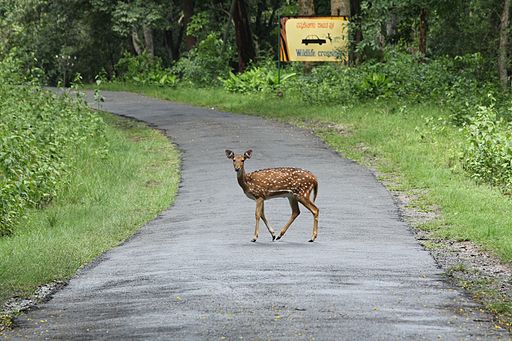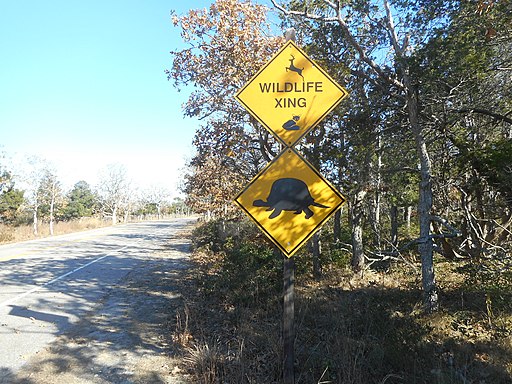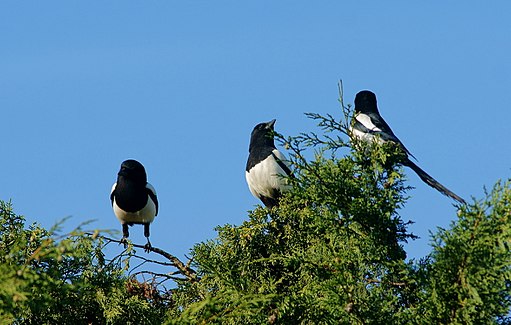Under the Fig Tree

A squirrel nibbling a fig in the Bodhi Tree at the Mahabodhi Temple in Bodh Gaya, Bihar state, India. Photo by Flickr user Anandajoti.
For a 2017 album, Blakey Morton performed Scott Joplin’s 1908 song “Fig Leaf Rag”.
— Izzy



.jpg)


Replacing meat in the diet of the world’s people is enormously important, and probably the biggest single step toward ameliorating climate change other than reducing fossil fuel use, which would incidentally also be a byproduct of reducing livestock farming. Animal suffering would also be greatly relieved, because the situation now is horrific and getting worse as Americans and other Western peoples eat meat at least once a day, and in some places for every meal, and hundreds of millions people more in China and India aspire to the same relatively affluent lifestyles of Westerners. Factory farming of animals will become a larger industry still as the demand for meat goes up worldwide.
A scene from the 2002 film My Big Fat Greek Wedding, directed by Joel Zwick and written by Nia Vardalos, who also portrays the bride, with John Corbett as the groom. Eating meat is such an ingrained part of personal identity and social custom that most people give it little thought. Anyone who has ever been vegetarian or vegan, however, soon becomes aware of how others react to that news with bafflement or acceptance or, oddly, hostility, because refusal to eat meat is to such people a repudiation of their hospitality and identity, and possibly an indictment of their morality if the chief reason for not eating meat is because of animal suffering or the environment. It’s interesting that often the best way to smooth the ruffled feathers of meat eaters upset over learning of a vegetarian or vegan in their midst is to tout the health benefits of giving up meat, a reason that will usually gain their understanding and assent.
Consumers want more meat even though it’s not healthy for them. People will also eat more sugar than is good for them if they have the money and the opportunity. These are desires hard wired into human beings, and while some people can overcome them through will power however gained, most cannot, or even have a desire to try. For those people, the majority, give them a meat substitute at a comparable price to real meat, and satisfy their other needs for taste and nutrition and the most difficult need of all, but probably the most crucial, the carnivorous kernel in the brain that is the cause of all the social customs around eating meat or not eating meat, give those people that and the climate and the environment will be better for it, the animals all around the earth will be better for it, and those meat eaters themselves will be better for it, whether they understand and acknowledge it or not.
— Izzy 



The effect could be seen in national television advertising of the time, where only a few big brands could afford to compete. Even the beers on sale that did not appear to be sub-brands of the major players were not much different than them in flavor and makeup, only in price, usually being cheaper knock offs. To get a taste of something different and a little better in the late 1970s, American beer drinkers turned to European imports. The beer market had become like the wine market, where American brands were viewed as okay for everyday drinking, while the European product was considered superior in quality.

The other thing that has skewed the craft beer movement is the tendency for snobs and macho men to take over and ruin the fun for some of us. The same culture that has made spicy food its domain seems to appeal to a minority of brewers and beer drinkers who always want to competitively up the ante on the hoppy bitterness of craft beers. That wouldn’t be that bad if it weren’t for the unfortunate side effect that these people tend to be snobs with undue influence on some consumers. “It’s so bitterly hoppy that it’s undrinkable,” the brow-beaten craft beer supporter complains. “Drink it and enjoy it, or you’re a philistine,” exclaims the snobby beer person, a category that didn’t exist until twenty years ago.
Beer Wars, a 2009 documentary by Anat Baron that examines how the big breweries have co-opted the market share of many smaller breweries.
Such people have been around for ages, trying to belittle others who are susceptible to their nonsense, all so that they can then feel more exalted in their self-proclaimed expertise. They’re usually men, and they have haunted wine circles in this country long before beer became a drink of anyone other than the common people. You can find them in restaurants which specialize in spicy foods, such as Thai, Indian, or Mexican, always advocating for heat regardless of flavor, because that’s the manly thing, you sissy. In a somewhat different way, they are also familiars of the online gaming community, and of computers in general, and long before that, when know-it-all males were still accustomed to getting their knuckles dirty with grease, the world of automobiles and mechanical contrivances.
Never mind them. The great thing about the craft beer movement of the last thirty years is that there are brewers now producing beers for every taste. If you still can’t find what you like, then the staple lagers of the big multinationals will always be available. Drink those if that’s your thing. If you do like the beers of the craft breweries, though, and you like the idea of supporting smaller businesses, please do read the fine print around the back of that cardboard six-pack package to make sure your dollars are going where you intend, and not into the coffers of the big watery lager breweries, pretending to be what they’re not.
― Izzy 
The nonprofit organization Fight for the Future has set up a website called Comcastroturf which allows people to check if their name has been used surreptitiously to file anti net neutrality comments with the Federal Communications Commission (FCC). The FCC had recently opened up a public comment period in anticipation of rolling back net neutrality regulations, and within a short time they were inundated with anti net neutrality comments which appeared to be generated by Internet Service Provider (ISP) astroturfers from hijacked subscriber lists. Comcast threatened Fight for the Future with a lawsuit, from which they have since backed down after it appeared obvious even to them that it was a tone deaf public relations debacle. They blamed the company they outsource their brand defenses to for excessive vigilance.





